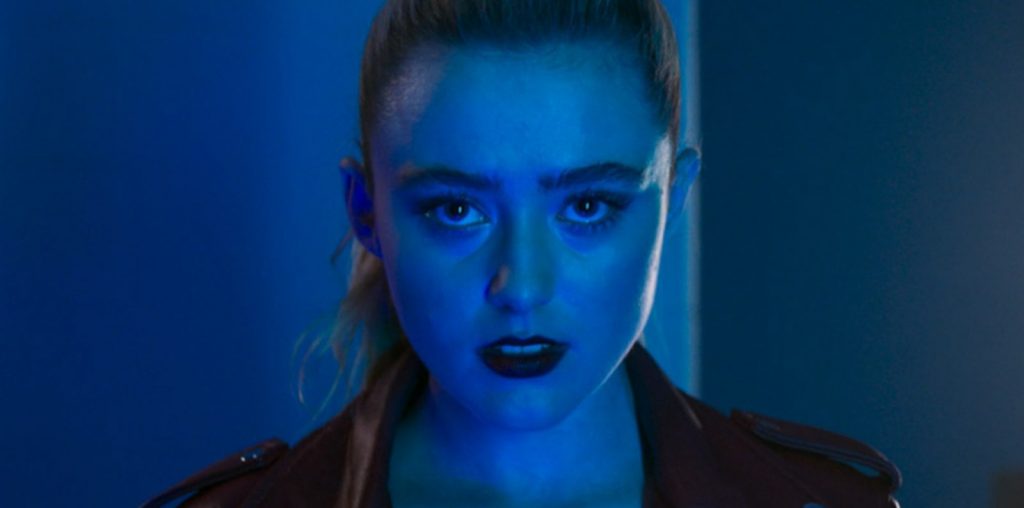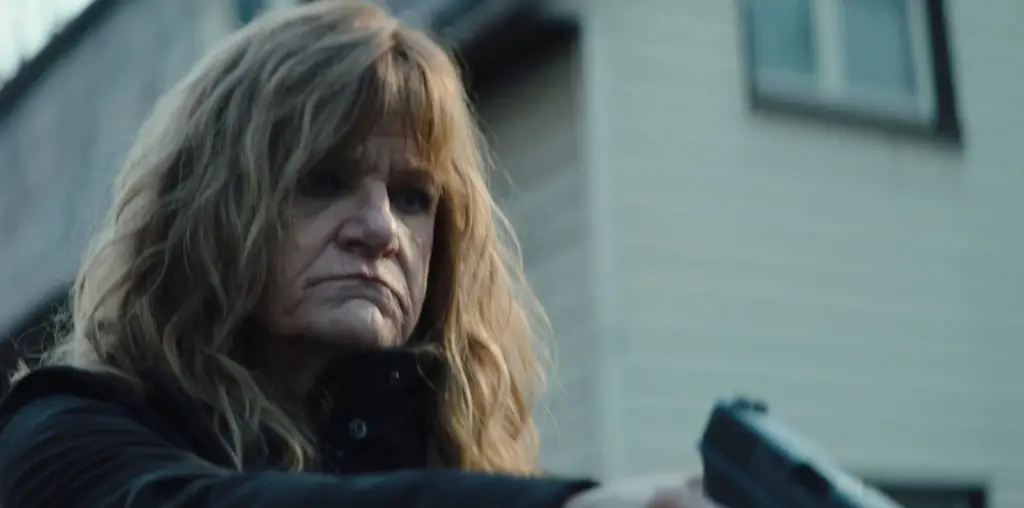
BOOTLEG FILES 130: “The Four Musicians of Bremen” (1922 cartoon from Walt Disney).
LAST SEEN: We cannot confirm the last public screening of this title.
AMERICAN HOME VIDEO: Only on collector-to-collector labels.
REASON FOR DISAPPEARANCE: Not a good cartoon.
CHANCES OF SEEING A DVD RELEASE: Nope.
In 1922, Walt Disney was a malcontented artist in a Kansas City advertising agency who dreamed of creating his own animated films. The fact that Disney’s animation skills were sub-adequate was not a deterrent – recruiting colleagues with more talent (including Ub Iwerks, Rudolph Ising and Hugh Harman), Disney assumed leadership of the business side of his animation studio, which he dubbed Laugh-O-Grams.
Raising $15,000 from local investors, Disney and his colleagues created an animated short called “Little Red Riding Hood.” Incredibly, a distribution company in New York called Pictorial Clubs bought the rights to that short for $100 (a fairly high sum for 1922) and promised to pay $11,000 for six more cartoons. Disney and the Laugh-O-Grams team began work immediately on a second cartoon – which brings us to the subject of this week’s column.
“The Four Musicians of Bremen” displays all of the vices and virtues of Disney’s silent movies. The vices are many: poor animation, repetitive gags, no-dimensional characters, charmless violence and a thorough lack of style. The virtues: the Disney name and…well, that’s it. Disney rarely expressed pride in his silent output, which is not surprising since he never quite found his groove during the pre-“Steamboat Willie” era.
“The Four Musicians of Bremen” is based on the long-forgotten folk tale about a quartet of untalented tunesmiths. The cartoon begins with this poem:
One bright day four musicians
Set out to search for fame.
When anybody’s nerves went wrong,
These four got the blame.
They went in state to every town,
In haste did they disperse.
All tho’ they did their very best,
They couldn’t have done worse.
We then meet the four musicians: a donkey wearing a straw hat, a rooster, a dog and a cat. All four are running on their hind legs, carrying instruments with them, as various bricks and stones are being thrown at them. The assault on them is caused by a group of men in front of what appears to be a construction site.
The musicians, once safely away, plop down at the edge of the sea and start crying. A balloon appears above the cat and the figure of a devil pokes the feline with his pitchfork. Next to the balloon, the words “Hunger Pangs” appear and an arrow points at the devil. Since this is a silent film, all emotions literally have to be spelled out on screen. The cat starts babbling to the other three, who take out their instruments and begin playing. We know they are playing since bars of music magically appear from their instruments. The music bars float into the air and then dive into the sea.
Under the sea, a school of fish start dancing to the music. Why the fish like the music (as opposed to the men) is not clear. One fish pops out of the sea and starts to do the shimmy on the land. The cat grabs a club and tries to clobber the fish, but he gets away and heads for aquatic safety. The musicians then repeat their music, the fish comes out again and does the exact same dance, and the cat is again unsuccessful in grabbing him. The fish retreats to the sea and the cat (in a very un-cat-like action) dives in after him.
We then meet the leader of the undersea world, a swordfish who is having his nose-sword sharpened on a grinding wheel operated by a shrimp. To make sure the sword is sharp enough, the swordfish grabs a smaller and unsuspecting piscine and chops it in half with the sword – the dead fish’s head floats to the bottom while the swordfish holds its other half up for good measure. The swordfish spots the cat and gives chase, poking it with his nose-sword while running along the sea floor on its fins.
The chase leads to the land as the swordfish chases all four musicians across the land and up a tree. Unable to climb the tree, the swordfish stops to think. The word “Idea” appears above his head and the swordfish cuts the tree down with its nose-sword. The tree and the musicians land in a chimney of a house at the bottom of a cliff.
Actually, this is the coherent part of the movie. From this point, all logic is lost. The house is the barracks of a group of soldiers wearing dark masks and rough beards – why the soldiers look like stereotype bank robbers is never explained. The soldiers run from their barracks, grab cannons, and start firing back at the barracks. The structure bobs and weaves to avoid the cannonballs, and the four musicians inside shiver in terror. The cat goes up the chimney to the roof, detaches his tail, and uses it as a baseball bat to swat the cannons back at the soldiers. One cannon flies under the cat and carries him off, but he uses his tail like a fan and swings the trajectory of the cannonball in reverse. The cannon-borne cat flies over the soldiers, who chase him furiously. The cat uses his tail as a club and clobbers the soldiers.
The cat eventually jumps from the cannonball with an umbrella as the other musicians hold out a huge blanket to catch him. The umbrella breaks and the cat tumbles to the earth, breaking through the blanket and making a huge hole in the ground. Suddenly, feline angels resembling the cat’s nine lives emerge from the hole and fly to Heaven. The dog grabs the ninth angel and throws it back in the ground, at which point the cat re-emerges. A closing credit card appears to tell us the musicians lived happily ever after.
All of this in seven-and-a-half minutes!
Disney apparently forgot the film is “The Four Musicians of Bremen,” since only the cat is doing the work. The other three characters barely register – and the rooster has absolutely nothing to do (at least the donkey gets his hat knocked off in a chase and the dog retrieves the cat’s ninth life). Not having sound, it is impossible to recreate the awful music that started this fracas (a lost gag unto itself), and having the fish enjoy the music that the men hate is equally contradictory and ignores the set-up of the cartoon (remember that opening title card?).
“The Four Musicians of Bremen” was hurriedly produced (it reportedly took three months to complete, which easily explains the crude animation and disjointed storyline). Disney and the Laugh-O-Gram animators produced four other animated shorts (“Jack and the Beanstalk,” “Goldilocks and the Three Bears,” “Puss in Boots” and “Cinderella”) as part of the deal with Pictorial Clubs. At least Disney kept his part of the deal – the distributor claimed bankruptcy and never paid Disney the promised $11,000.
“The Four Musicians of Bremen” was never theatrically released and Disney nearly became destitute from the expenses incurred in creating the cartoons for Pictorial Clubs. Had it not been for the unlikely intervention of a Kansas City dentist who paid Disney $500 to create a cartoon promoting dental hygiene, Disney could’ve easily never pursued animation. As luck would have it, this helped fuel Disney’s determination and he sent copies of “The Four Musicians of Bremen” and his other films to New York distributor M.J. Winkler, who signed Disney to create a new series of animated shorts. That deal enabled him to pursue his goals and, ultimately, leave Kansas City for Hollywood.
“The Four Musicians of Bremen” was never protected by copyright and has been in the public domain for years. But finding a quality print of this title is difficult. I came to it via the public domain collection “Disney’s Beginnings,” which was released on VHS video in the 1980s by the long-defunct company Video Dimensions – but the print on that video was poor. Most likely, the original materials no longer exist and all that remains is the well-worn dupe that Video Dimensions snagged. Even if the original negative turned up, marketing this on a DVD would run into serious interference by the Disney lawyers over the unauthorized use of the “Disney” name on a DVD package.
Disney addicts may find “The Four Musicians of Bremen” worthy to see where Uncle Walt began. Honestly, who could have imagined back in 1922 that this crappy little Kansas City cartoon would be the unlikely keystone to the most powerful entertainment conglomerate on the planet?
____________________________________________________________
IMPORTANT NOTICE: The unauthorized duplication and distribution of copyright-protected material is not widely appreciated by the entertainment industry, and on occasion law enforcement personnel help boost their arrest quotas by collaring cheery cinephiles engaged in such activities. So if you are going to copy and sell bootleg videos, a word to the wise: don’t get caught. The purchase and ownership of bootleg videos, however, is perfectly legal and we think that’s just peachy! This column was brought to you by Phil Hall, a contributing editor at Film Threat and the man who knows where to get the good stuff…on video, that is.
Discuss The Bootleg Files in Back Talk>>>

